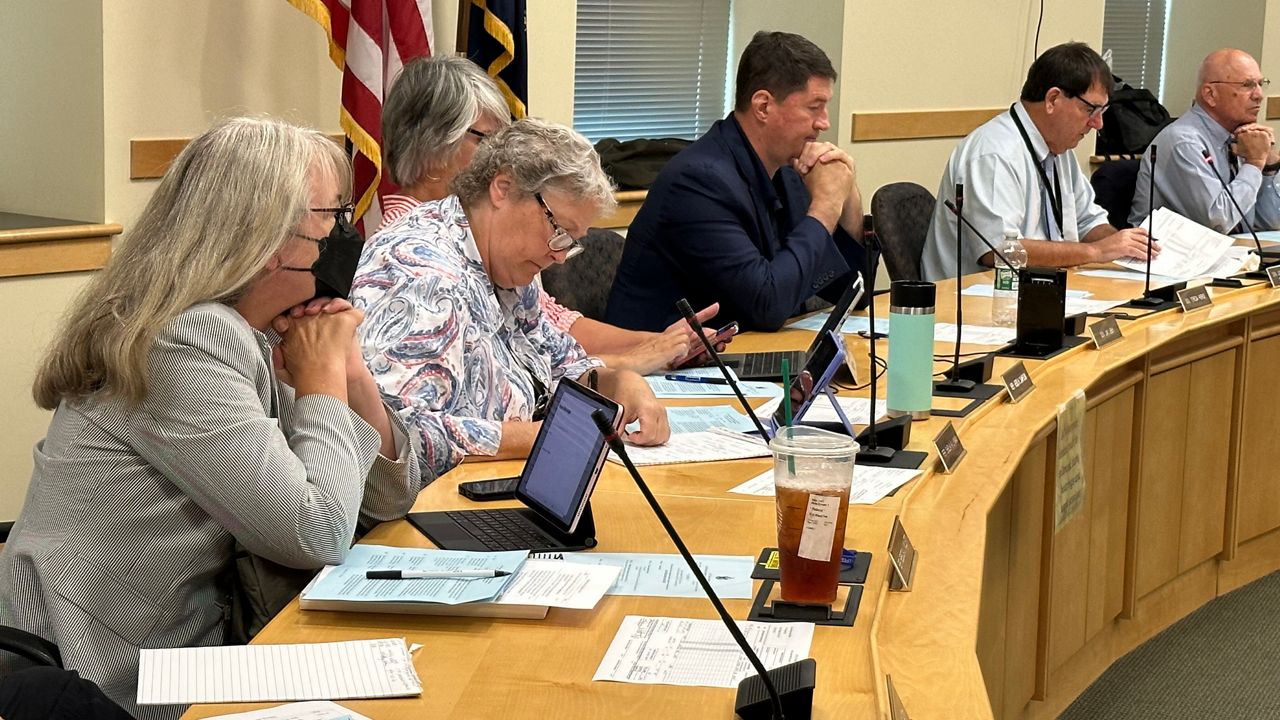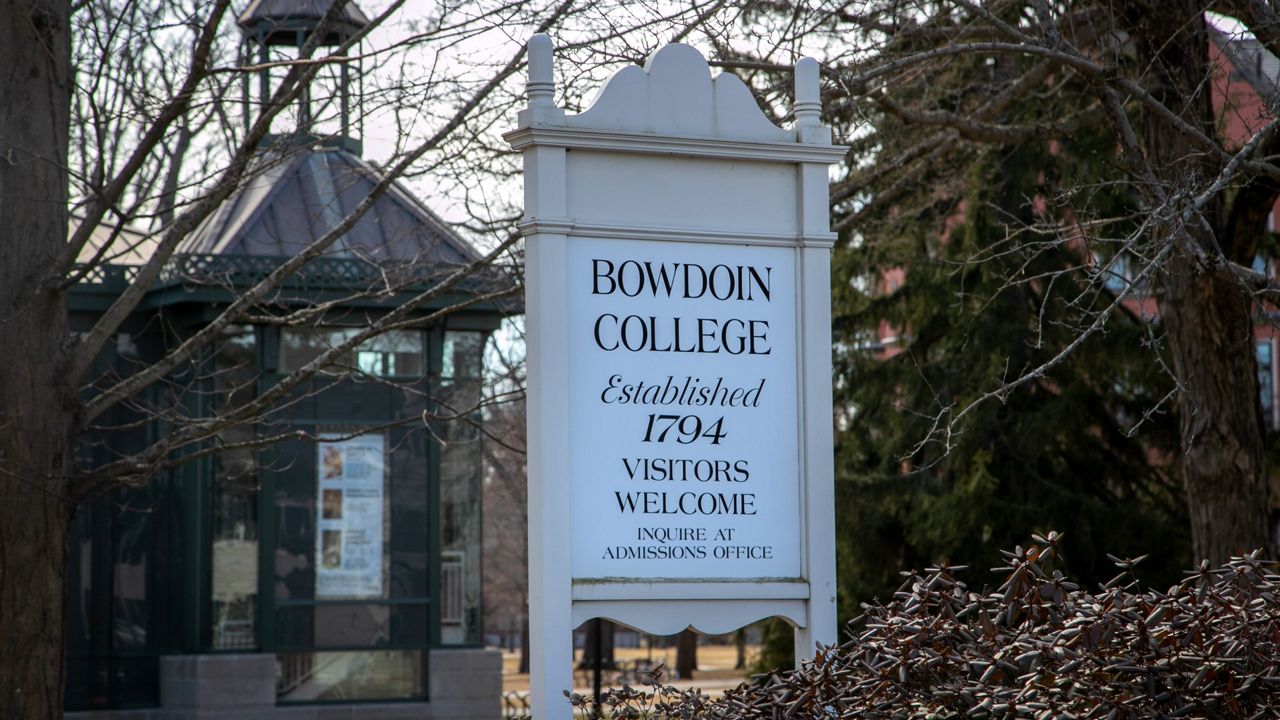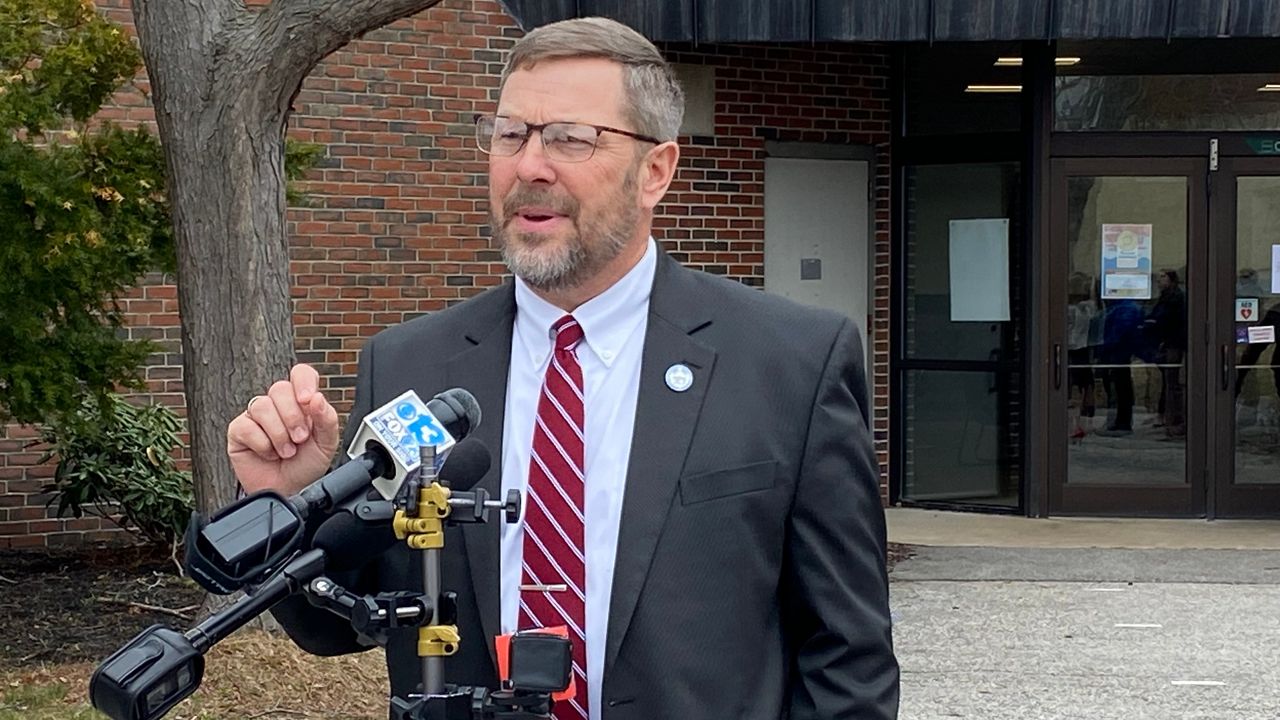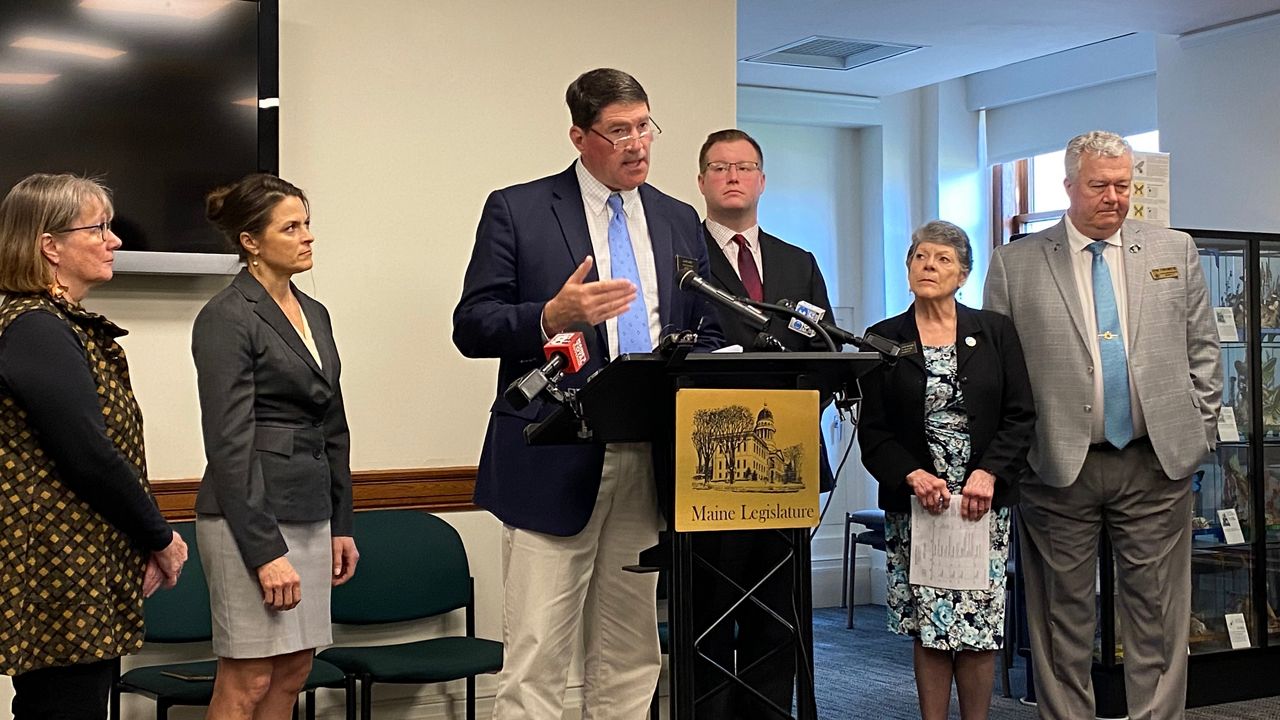State education officials briefed Maine lawmakers Tuesday on how the state allocates funds to local schools, a discussion prompted by a Rockland lawmaker’s request to study inequities in the system.
Rep. Valli Geiger, a Democrat, requested the study following her time on Rockland City Council. She said the local school district received far less per pupil than other districts, despite a low annual median income, high poverty rate and high local property taxes.
And when lawmakers voted to increase the state’s share of funding to 55% of the total cost, Geiger said in April that she thought her local district would benefit.
“Many of us who voted for the state to increase its contribution to public education to 55% assumed we were voting to have 55% of education costs per school district, not the wildly unequal school spending that exists today,” she said.
Geiger’s bill became law and is the basis for a directive that the state Department of Education issue a final report in January on whether the system is working, particularly regarding transportation costs and those linked to career and technical education centers.
On Tuesday, department officials briefed lawmakers on the history of the formula and attempted to clarify what it does — and does not — pay for.
Known as Essential Programs and Services, the model launched in 2006 after nine years of study and $500,000 in cost, said Laura Cyr, the department’s federal and state legislative specialist.
The idea is for the state to provide a level of per-pupil funding to the state’s 255 school administrative units so they can meet the state’s educational requirements for 160,000 students, regardless of where they live.
Before the funding model was implemented, all students across the state got a set amount regardless of their needs or what their local community could afford, said Paula Gravelle, the department’s director of school finance.
The model now looks at the specific needs in a school district and factors in things such as how many students are in pre-kindergarten through second grade, how many are poor and how many of them are multi-lingual, Gravelle said.
Republican committee members asked several questions about the state’s role in holding school districts accountable for their spending, whether recent studies have examined outcomes and how much power the state has to set requirements for local districts.
Rep. Heidi Sampson (R-Alfred) questioned whether the state is directing local districts to incorporate “social-emotional learning” into the school day.
Social-emotional learning is focusing on “core social and emotional skills necessary for students of all ages to be healthy and successful,” according to the Robert Wood Johnson Foundation, which supports research to create healthy communities.
For at least three years, conservatives across the country have questioned social-emotional learning, and in places like Florida, it’s been banned “as part of an unacceptable liberal agenda,” according to the Tampa Bay Times.
In Maine, “it had been on the back burner,” Sampson said. “Now it is an issue that is statewide. This is going to allocate, is it not, how schools spend their money. Is that not an example of the state Department of Education directing a shift in education?”
Courtney Belolan, director of policy and government affairs for the department, said social-emotional learning is not part of the state’s core curriculum known as Learning Results.
“Social-emotional learning is not a part of the EPS formula, which all schools receive,” Belolan said. “It is not part of the Learning Results. It is not a directive from the state.”
Sen. Joe Rafferty (D-Kennebunk), a retired teacher and coach, said educators are finding that student emotional needs should be addressed. And if it continues, the state may want to consider adding it to the formula, he said.
“Locally, we’re going to have to find funds and if it becomes a big enough issue, then if that’s not currently part of the formula, maybe it could be added to the formula,” he said.








)
